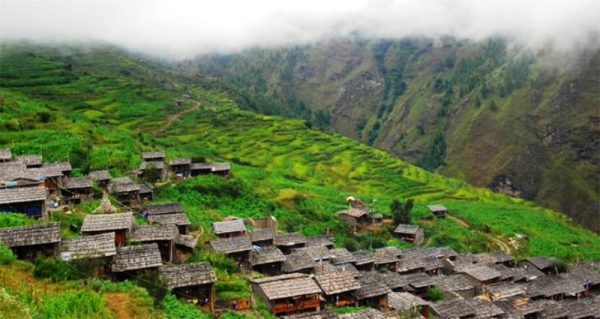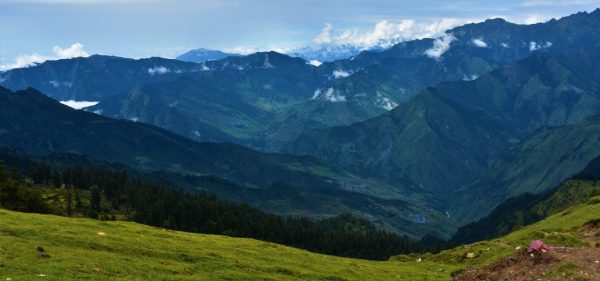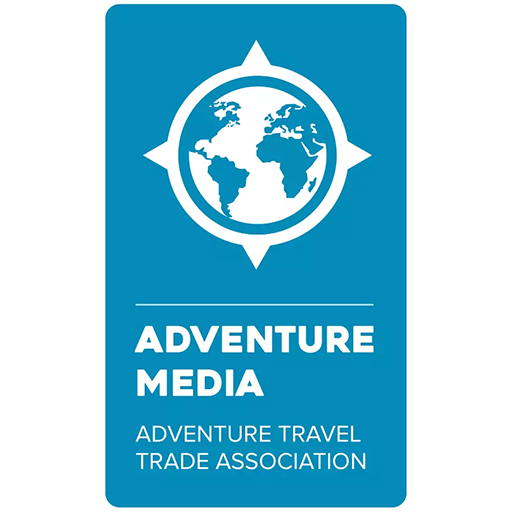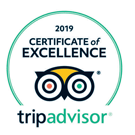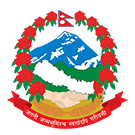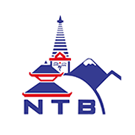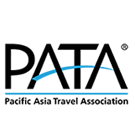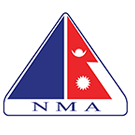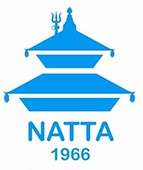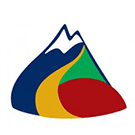Trip Facts
Trip Overview
Langtang Gosainkunda Trek: Trekking Nepal’s Pristine National Park
Langtang Gosainkunda Trek is one of Nepal’s most breathtaking Himalayan adventures. Located just north of Kathmandu near the Tibetan border, this journey leads deep into Langtang National Park—a protected sanctuary famed for its rich biodiversity and cultural heritage.
Spanning over 1,700 square kilometers, Langtang National Park shelters rare wildlife such as the elusive Red Panda, Snow Leopard, Musk Deer, and Himalayan Tahr. Trekkers will also encounter more than 345 bird species and numerous butterflies fluttering through lush forests.
This Langtang Gosainkunda Trekking route takes you through diverse ecological zones from subtropical bamboo groves and vibrant rhododendron forests to subalpine woodlands filled with silver fir, oak, and hemlock. Such rich flora and fauna make this trek a paradise for wildlife enthusiasts and nature photographers seeking peaceful, off-the-beaten-path trails.
Beyond its natural wonders, Langtang holds a deep cultural significance. The renowned British explorer Bill Tilman famously described it as “one of the world’s most beautiful valleys,” a reputation it continues to uphold. Throughout the trek, majestic peaks such as Langtang Lirung, Dorje Lakpa, and Langtang Ri rise dramatically, providing awe-inspiring panoramic views at every turn. These Himalayan giants frame your journey as you make your way toward the sacred Gosainkunda Lake, a shimmering alpine reservoir revered by both Hindus and Buddhists alike.
Along the way, trekkers can explore sacred Buddhist sites such as Kyanjin Gompa and Sing Gompa monasteries, offering opportunities to connect with local Tamang and Tibetan Buddhist communities. Colorful prayer flags, ancient Mani walls inscribed with mantras, and cliffside shrines enrich the spiritual atmosphere of this high-altitude pilgrimage.
Best Time to Trek Langtang Gosainkunda
The best time to embark on the Langtang Gosainkunda Trek is during autumn, from September to November. This season offers clear skies, stable weather, and comfortable daytime temperatures averaging around 20°C, dropping to 6°C at night. The visibility is excellent; perfect for photography and capturing breathtaking Himalayan vistas.
Spring, from March to May, is another ideal season for trekking. The trails come alive with blooming rhododendron forests, adding vibrant color to your journey. During this time, temperatures range between 18°C and 30°C, making it a pleasant and scenic experience.
Early June is still suitable for trekking, as the weather generally remains dry before the onset of the monsoon. However, from late June through August, the monsoon season brings heavy rains, making trails muddy and slippery. Views may be limited due to cloud cover, and leeches are more common in lower, humid areas.
Winter, from December to February, offers a peaceful and crisp trekking atmosphere. However, higher sections such as Gosainkunda Lake and Laurebina Pass can be covered in snow, and the lake may freeze. Despite the cold, early December can still be a viable time for well-prepared trekkers.
Langtang Gosainkunda Trek Difficulty and Physical Fitness
The Langtang Gosainkunda Trek is rated as a moderate, requiring multiple days of trekking through steep terrain and gaining significant elevation. The route features 5-7 walking hours, ascents and descents, and exposure to high altitudes. Good physical fitness, stamina, and acclimatization are essential for a successful trek.
Why Choose Langtang Gosainkunda Trek with Nepal Sanctuary Treks?
At Nepal Sanctuary Treks, we provide a personalized Langtang Gosainkunda Trek experience. With over 27 years of expertise in the field, we craft custom Langtang Gosainkunda Trek itineraries to suit your pace and preferences. Our experienced guides bring invaluable knowledge, offering insights into the rich local culture while ensuring your safety throughout the journey. They have trekked the Langtang Gosainkunda Trek many times and knows the region inside out.
We focus on small group sizes and rigorous safety protocols, providing you with personalized attention and safety. Our long-standing partnerships with trusted suppliers ensure you have carefully selected accommodations and reliable transportation during your Langtang Gosainkunda Trek.
As a Travelife Certified company, we are dedicated to promoting sustainable and eco-friendly travel. When you choose our Langtang Gosainkunda Trek, you support local communities and help minimize environmental impacts, making responsible tourism a key part of your adventure. Your safety, comfort, and unforgettable experience are our top priorities.
Contact us today to plan your tailored Langtang Gosainkunda Trek.
This is a sample itinerary of the Langtang Gosainkunda Trek. We shall customize the program as per your needs and preferences.
Note: below trekking hours, altitudes and distances are approximate, and absolutely for the general idea only.


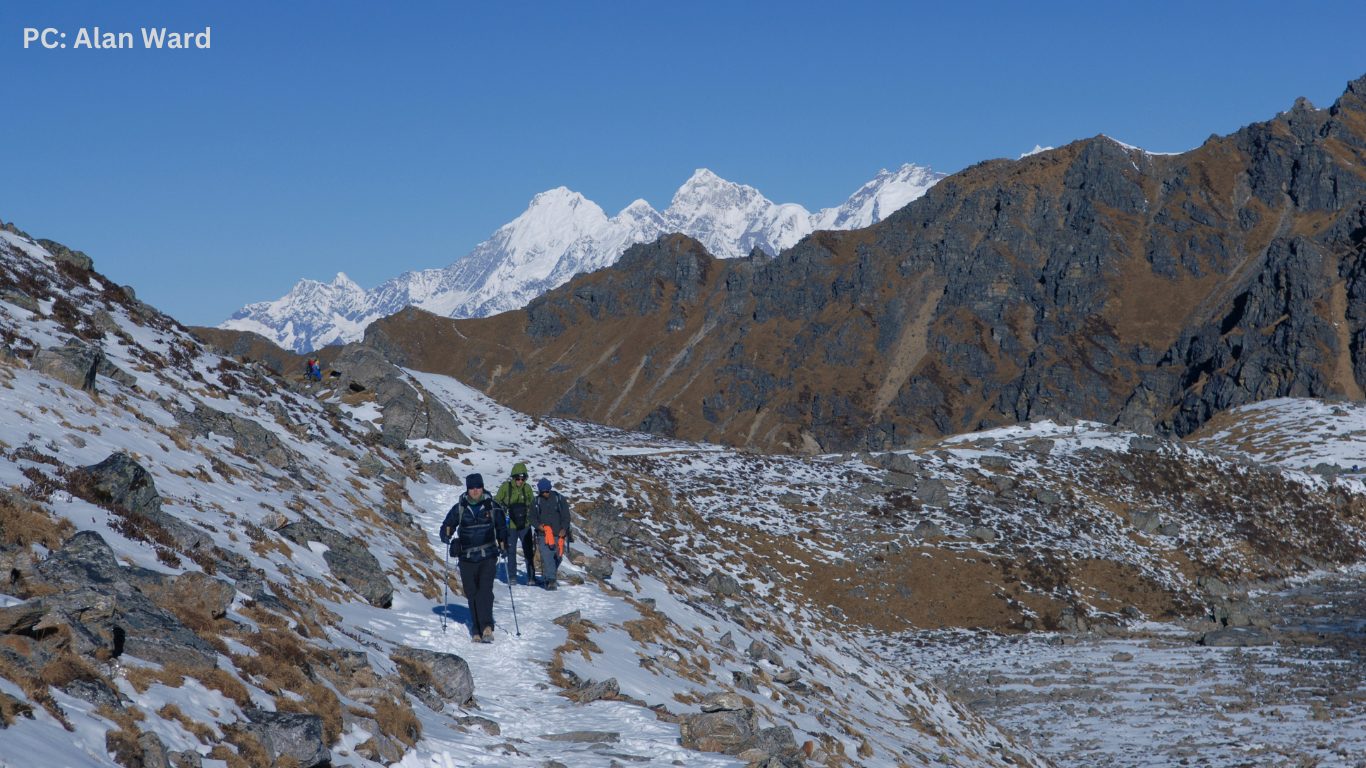





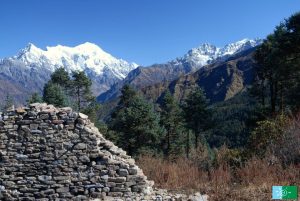


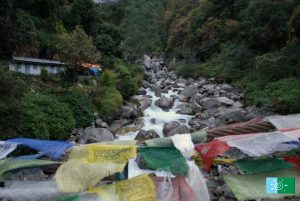




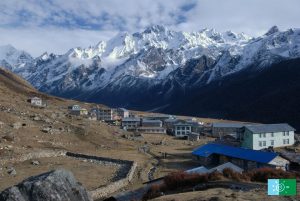
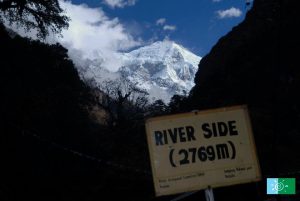
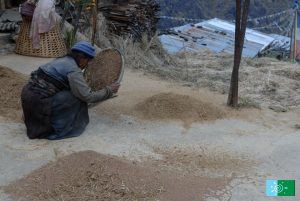
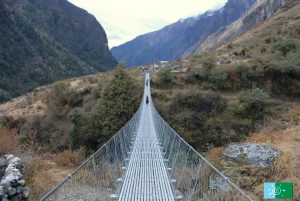
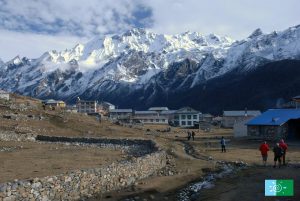
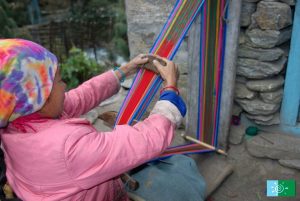























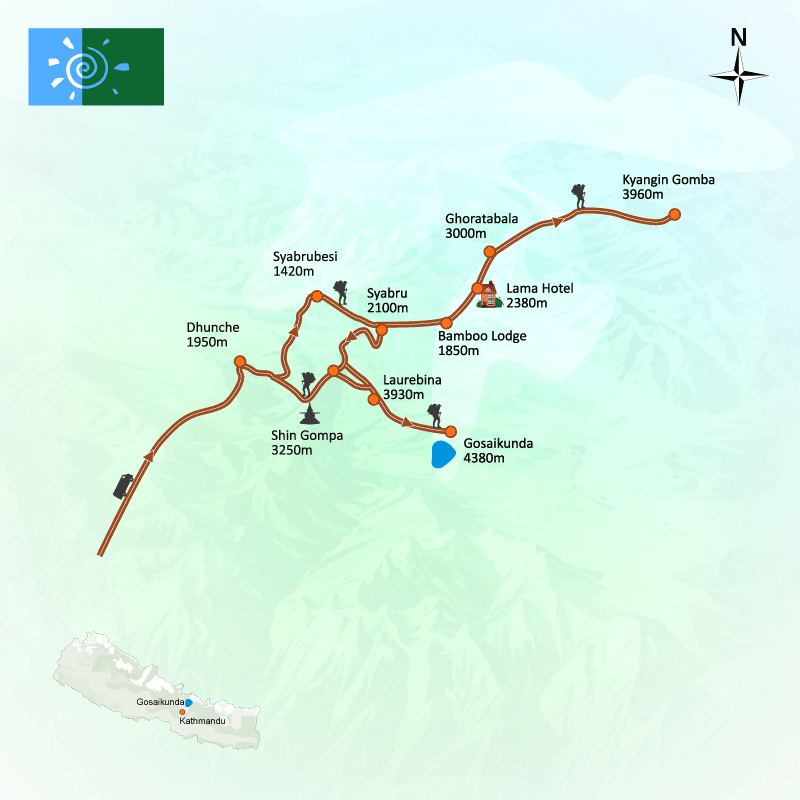
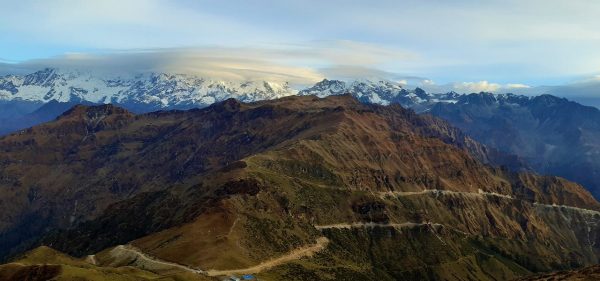
 Altitude:
3,850 m /12,631 ft.
Altitude:
3,850 m /12,631 ft.
 Difficulty:
Moderate
Difficulty:
Moderate
